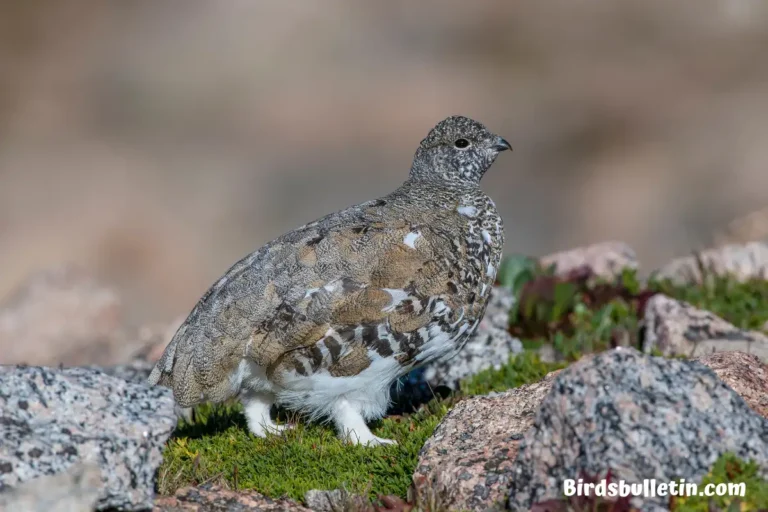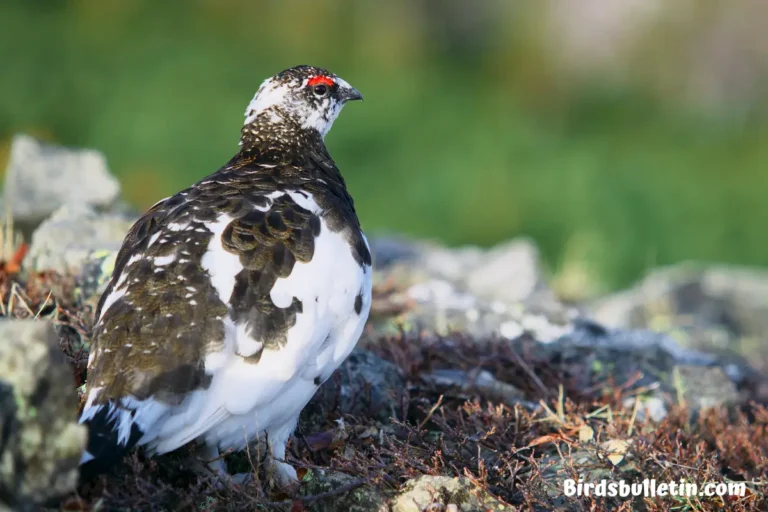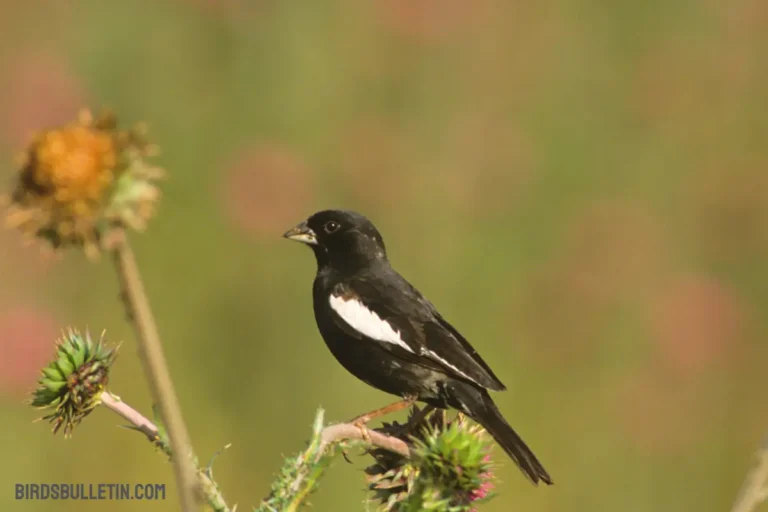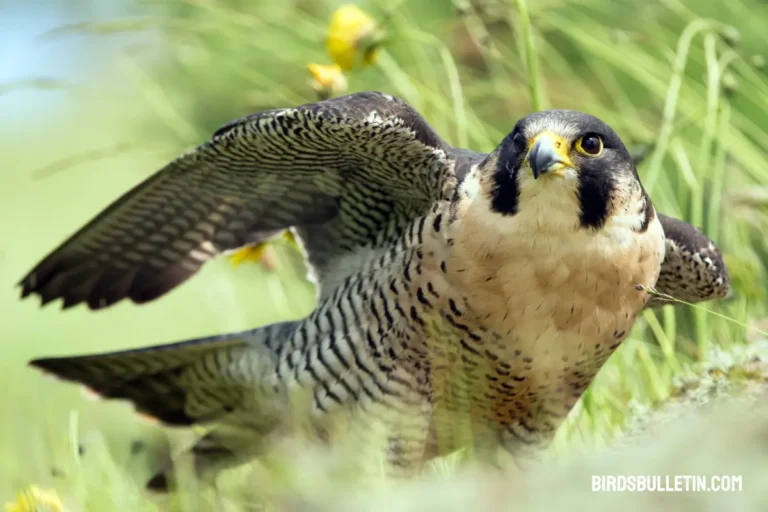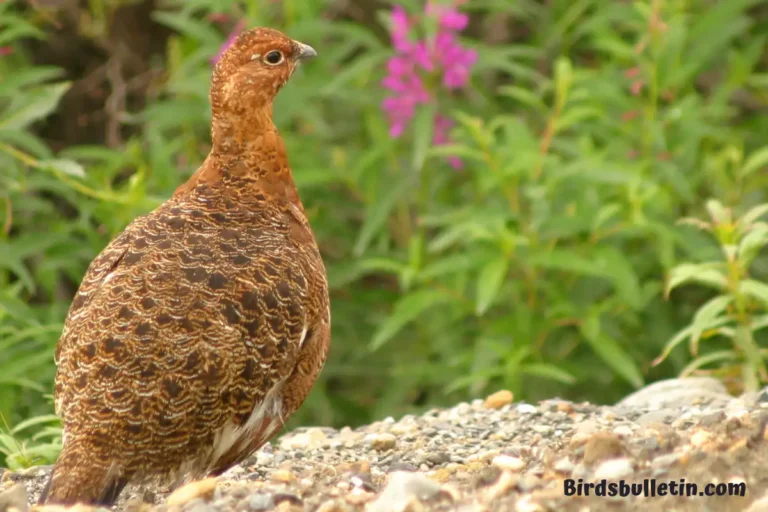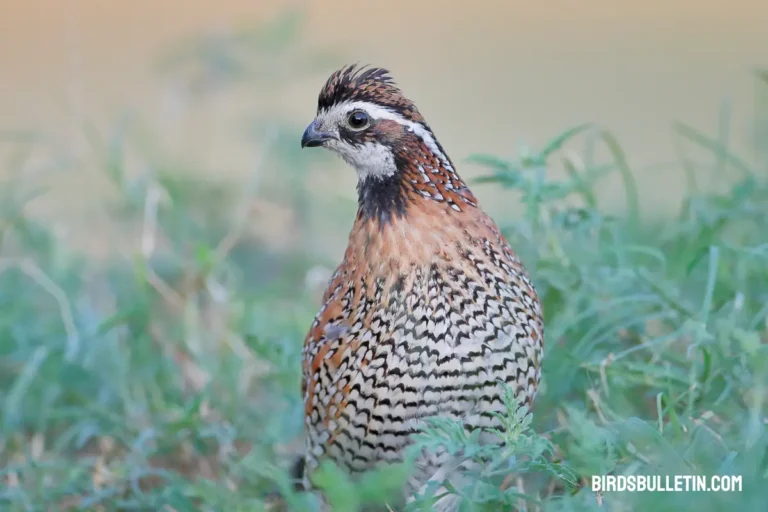Common Loon: Symbol Of The Wilderness
The yodeling calls of the Common Loon echo across clear lakes and ponds across North America each summer. These large diving birds capture our imagination with their striking black and white plumage and haunting voices.
Learn more about identifying, appreciating, and conserving these icons of wilderness lakes.
Want to learn more about Birds Overview
Identifying the Common Loon Step-by-Step
Identifying the Common Loon is straightforward once you know what to look for. Follow these tips:
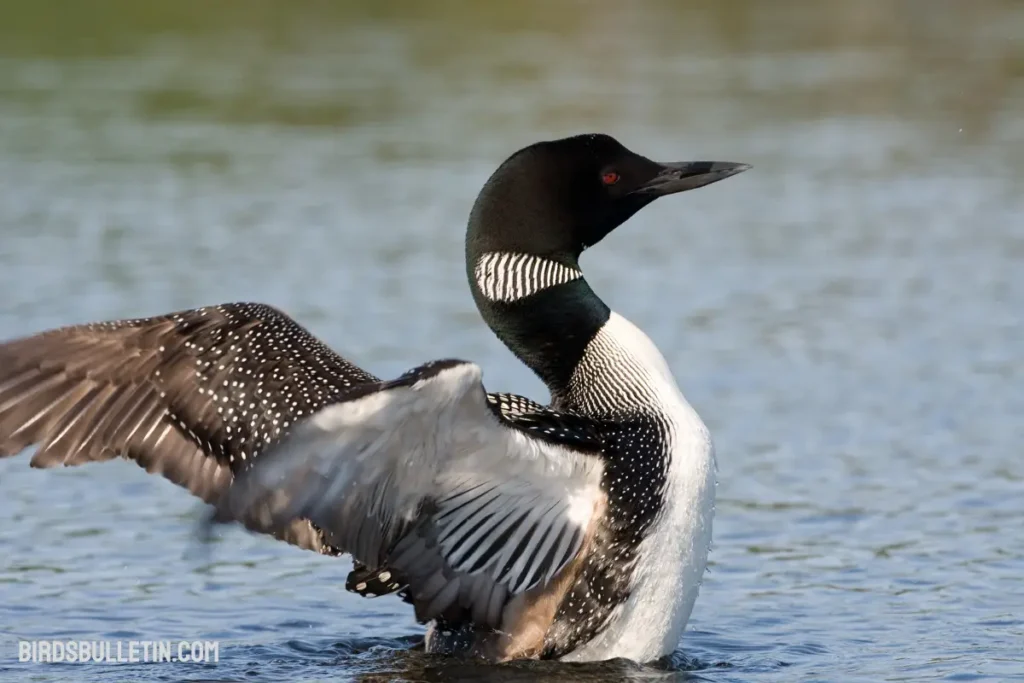
Look for a large diving bird: On a lake, Loons measure 24-30 inches in length with a wingspan of around 50 inches. They float low on the water.
Note the black and white checkered back: Adult loons have a black head and neck with a white checkered back. The chest is white. This bold black and white pattern is distinctive.
Listen for the yodeling call: The famous wavering call projecting across lakes signals there’s a loon in the area. Males and females both vocalize.
Watch for the spear-shaped bill: Loons have a thick, pointed gray bill adapted for catching fish. The bill shape helps distinguish loons from similar water birds.
See red eyes during breeding season: In summer, adults develop red eyes and spotted black and white plumage. Juveniles are gray-brown overall.
Common Loon Profile
| Feature | Description |
|---|---|
| Scientific Name | Gavia immer |
| Alternative Names | Great Northern Diver (Europe), Common Loon (North America) |
| Color | Black and white checkered back with white underbelly |
| Size | 32 inches long |
| Wingspan | 46 inches wide |
| Weight | 7-16 lbs |
| Lifespan | 10-15 years average, up to 30 in wild |
| Breeding Season | 10-15 years on average, up to 30 in the wild |
| Eggs Laid | 10-15 years on average, up to 30 in the wild |
| Diet and Prey | Pollution & mercury contamination; habitat loss; oil spills; fishing gear entanglements; predators like foxes, raccoons, gulls and eagles |
| Threats and Predators | Mainly fish like trout, perch, and bass but also crayfish, aquatic insects, and more |
| Key Locations | Mainly fish like trout, perch, and bass but also crayfish, aquatic insects and more |
The Common Loon: State Bird and Symbol of Wilderness
The Common Loon is a state bird and special symbol across much of North America:
Minnesota: The Common Loon is the state bird of Minnesota and appears on the state quarter. Minnesota hosts the largest Common Loon population of any state.
Canada: The Common Loon appears on the Canadian one-dollar coin, known as the “loonie.”
For many, the yodeling Common Loon epitomizes the tranquility and solitude of northern wilderness areas. Its presence on coins and state symbols reflects its role as an icon of the natural world.
Subspecies
The common loon (Gavia immer), a member of the Gaviidae family, is a waterbird found in North America, Europe, and Asia. Currently, there are no scientifically recognized subspecies within this iconic species.
Nesting and Raising Young Loons
Common loons build their nests close to the water, favoring small islands or protected areas of marshy vegetation near lakes and ponds across their North American and Eurasian habitats.
Using materials gathered from the surrounding areas, both male and female loons work to construct the nest.
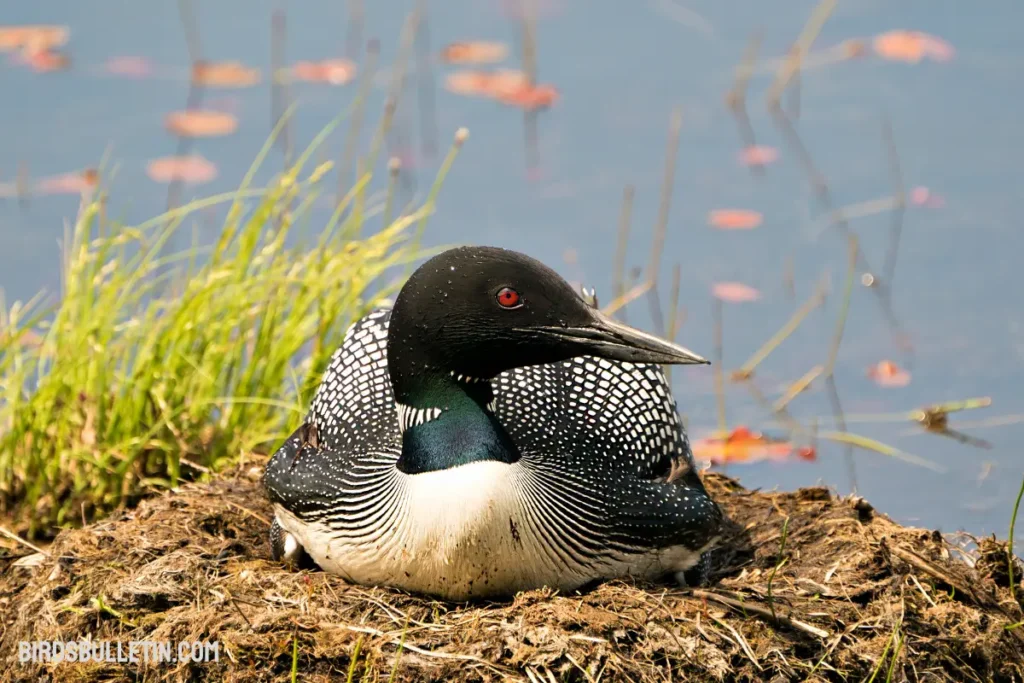
It is a simple shallow bowl made up of twigs, reeds, grasses and mud, allowing the eggs to rest just above the waterline. The female lays two olive or brown-spotted eggs which both parents help incubate for about 28-30 days.
Loon chicks are precocial, able to swim and dive right away under the supervision of their parents who fiercely protect the nest site.
After around 10-12 weeks, the young loons develop their flight feathers and leave their natal territories to set up breeding grounds of their own.
Tracking the Loon Population
The global population of the Common Loon is estimated to be up to 640,000, with the majority concentrated in North America, particularly Canada. An estimated 479,000 Common Loons inhabit Canada alone.
The United States population is substantially lower at approximately 80,000 breeding adults. Meanwhile, Europe supports a much smaller Common Loon population of roughly 2,600 individuals.
The Migration of Common Loons
Common loons migrate along coastlines and inland routes from northern breeding territories to wintering habitats stretching across the U.S. into Mexico. Some younger loons remain further north in winter along warmer currents and open waterways. Return migration starts late winter as loons follow melting lakes back to summer nesting grounds.
The Behavior and Biology of Common Loons
Let’s examine some of the unique biology and behaviors of Common Loons:
Fishing: Loons are specialized fish-eaters, catching small fish, amphibians, and invertebrates by diving underwater.
Swimming and Diving: Dense bones allow excellent diving up to 200 feet deep. Their feet are set far back for effective swimming.
Flight: Despite large size, loons can take flight from the water thanks to large wingspan and breast muscles. Their takeoffs look labored.
Vocalizations: Loons are famous for their eerie tremolo and yodeling calls that carry long distances over lakes.
Skeleton: Solid bones aid diving. Loons swallow pebbles into a gizzard to help grind up food, since they lack teeth.
Plumage: Thick, oil-coated feathers repel water and keep loons warm while swimming and diving.
The Common Loon in Human Culture
The common loon’s unique appearance and emotive calls create strong bonds for many observing them across pristine northern lakes. Serving as state bird for Minnesota captures this special meaning.
Loons also hold symbolic roles in some Native American legends and rock paintings depicting spiritual connections to nature realms and afterlife guides.
Their calls can sound like laughter, cries of anguish, or hooting of an angelic choir transporting listeners.
Conservation Status and Legal Protections
Though Common Loon populations have rebounded, they still face threats from habitat loss, pollution, fishing tackle, and climate change:
The species is protected under the Migratory Bird Treaty Act in the U.S. and Canada. It is illegal to harm loons without permits. Lead fishing tackle is a major issue, with loons ingesting lost tackle. Many U.S. states have banned lead sinkers and jigs to protect loons.
Lakeshore development removes nesting habitats. Conservation groups work to protect shoreline buffers. Climate change threaten food supplies and breeding habitats.
Frequently Asked Questions
01. Where do loons go in winter?
Most Common Loons from Canada and the northern U.S. migrate south to ocean coasts and large lakes for the winter months. Some loons fly remarkably far, like those from Iceland wintering along the Moroccan coast up to 3,000 miles away.
02. How long do loons live?
Common Loons can live surprisingly long – the typical lifespan is 15 years but banded birds have been documented to reach 30 years old. Their longevity reflects their lack of predation as adults and ability to catch enough fish to survive.
03. Why do loons yodel?
Male Common Loons yodel to communicate their territory boundaries and signal their readiness to find a mate. Females may also yodel at a lower pitch. Their haunting voices can carry more than 2 miles across quiet lakes.
Final Thoughts
The Common Loon is a true icon of the northern wilderness. Its striking plumage and migratory behaviors serve as symbols of nature’s wild beauty.
Conservationists and nature lovers will ensure loons continue to fill lakes with their haunting cries each summer. Though populations appear stable, vigilance is needed to monitor and protect these majestic birds into the future.
References
- Evers, David C. “Common Loon.” Birds of the World, Cornell Lab of Ornithology, 2016. https://birdsoftheworld.org/bow/species/comloo/cur/introduction
- “Common Loon.” Audubon Guide to North American Birds, National Audubon Society, 2022. https://www.audubon.org/field-guide/bird/common-loon
- McIntyre, Judith W. “Common Loon.” animals. National Geographic, 5 Oct. 2010. https://www.nationalgeographic.com/animals/birds/facts/common-loon


